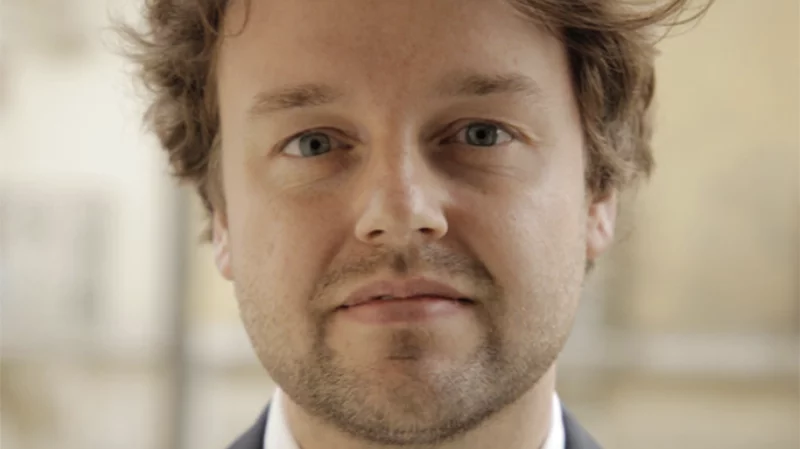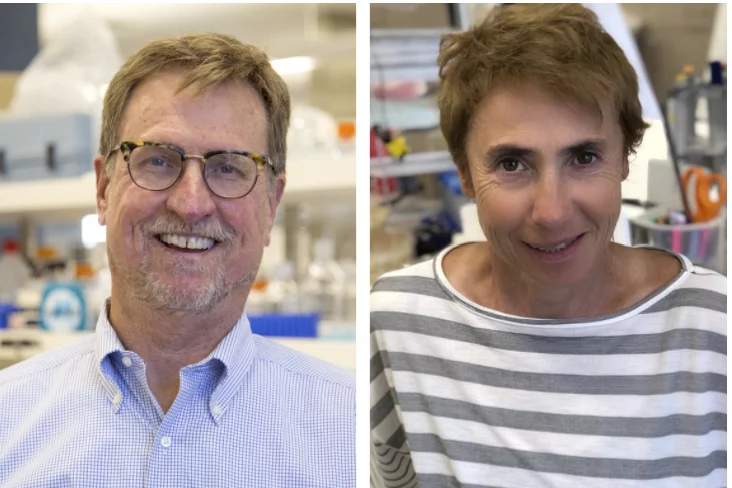Viewpoints
The overlooked pandemic of antimicrobial resistance

DOI: https://www.thelancet.com/journals/lancet/article/PIIS0140-6736(22)00087-3/fulltext Author: Ramanan Laxminarayan, founder and director of the Centre for Disease Dynamics, Economics & Policy (CDDEP) and GARDP Board Chair Preview: As … The overlooked pandemic of antimicrobial resistance
The non-profit future of antibacterial R&D – by Brad Spellberg

Antibiotic resistance is inevitable1,2. No ‘gorillacillin’ or ‘tyrannosauromycin’ will ever come along and end the problem of resistance. This is not a sprint, and injudiciously throwing short-term money at the problem is not the solution3. This is a marathon. And indeed, in the short term, the pipeline has 700% more antibiotics in it in 2021 than it did in 2004 (43 vs. 6)4,5.
One-health approach: Can antifungal resistance arise in the environment? – by Rafael W. Bastos and Gustavo H. Goldman
Addressing antimicrobial resistance for better care in cancer patients – by Yehoda M. Martei and Shalini J. Zürn

Infections in cancer patients are a very common complication making the routine use of antibiotics lifesaving in the treatment of these patients. As many as 1 in 5 cancer patients undergoing treatment will need antibiotics during their treatment1. Infections in cancer patients may be related to an immunosuppressed state due to alteration of the underlying immune system caused by the primary cancer, as is the case in some hematologic malignancies.
Trials of COVID-19 vaccines: what can be learnt for the development of new antimicrobials? – by Stephen Senn

The development of vaccines for COVID-19 has been a magnificent achievement. At least five of these vaccines have been trialled in various European countries or North America. Table 1 summarises the vaccines and their characteristics. For further reading, I recommend Comparing the COVID-19 Vaccines: How Are They Different? by Kathy Katella1. In this article, I shall discuss various statistical aspects of five large phase 3 trials used to support vaccine registration in order to learn what key aspects of their success could inform other fields such as antimicrobial R&D.
Vanguard Report: The future of drug development – By Laura Piddock

To celebrate its 50th anniversary, the British Society of for Antimicrobial Chemotherapy are inviting a select number of experts to share what they see as being the 21st-century solutions to one of the biggest and most complex challenges of our generation: antimicrobial resistance. In this post, Laura Piddock explores the challenges involved in re-stimulating the antimicrobial drug development market.
Strengthening the regulation of antimicrobial use to mitigate drug resistance – by Maarten van der Heijden

The overuse and misuse of antimicrobials in humans is a core driver of antimicrobial resistance (AMR). It has become increasingly clear that this overuse and misuse is global. And that access to antibiotics – without access to quality healthcare, diagnostics, stewardship and regulatory control – can result in negative health outcomes..
Addressing the knowledge gaps surrounding AMR infections in neonatal sepsis – by Phoebe Williams, Nina Putri and Gayana Gunaratna
Will new antibiotic classes solve multidrug resistance? – by Michael N. Dudley and Olga Lomovskaya

With the ever-increasing threat of antimicrobial resistance, there has been considerable discussion about approaches for new therapeutics. This is especially so for Gram-negative bacteria many of which the U.S. Center for Disease Control (CDC) and World Health Organization (WHO) consider serious or urgent antimicrobial resistance threats and for which development of new treatments is critical.


